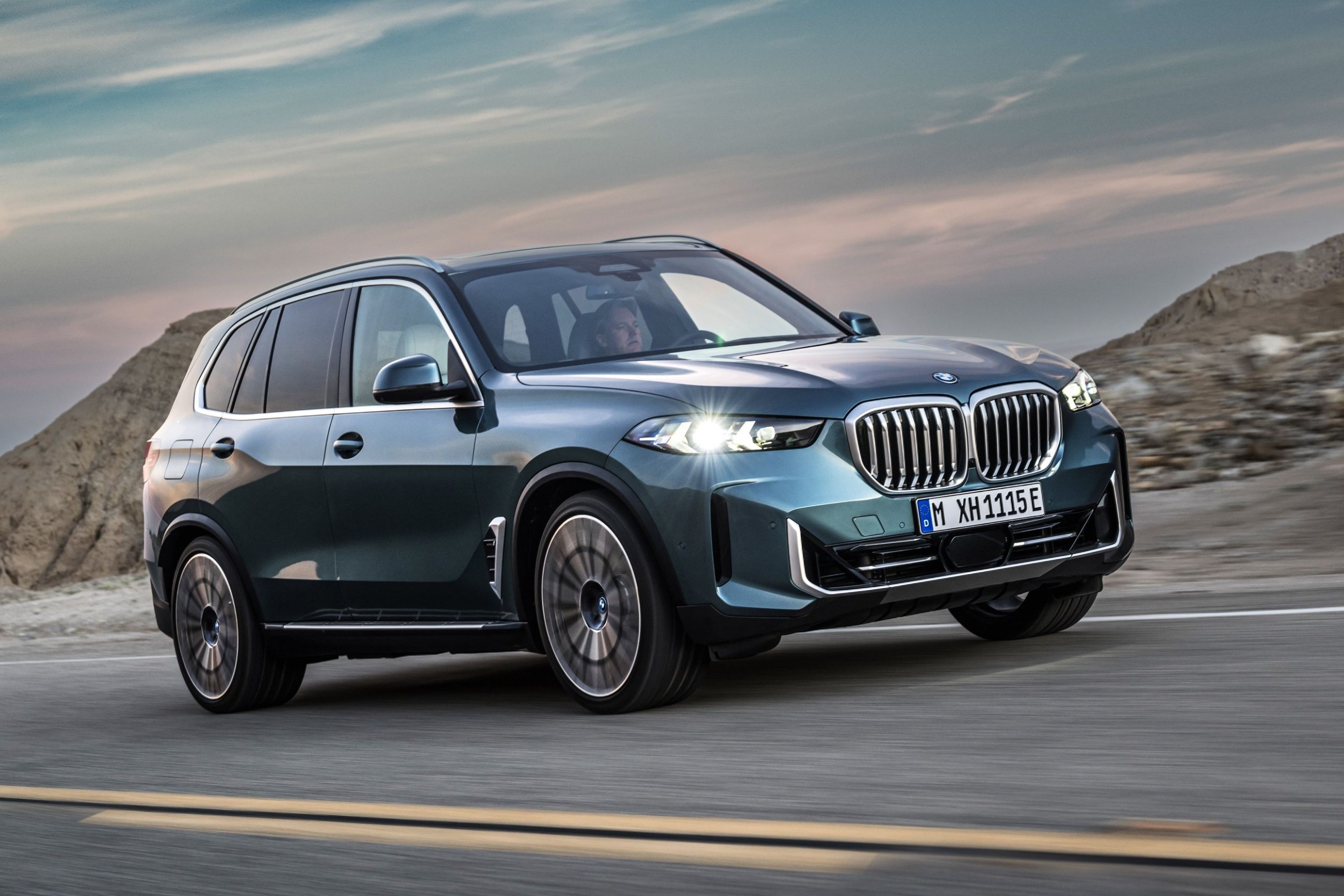
As part of its EV product onslaught, BMW is busy preparing to unleash a new flagship SUV currently known as the iNext to take on the Jaguar iPace. We've already seen prototypes of the iNext being put through their paces, but now BMW is giving us an insight into the manufacturing process of the pre-production prototypes, which are currently being assembled at BMWs Pilot Plant in the heart of the Research & Innovation Center. These will be used for testing and to prepare for series production. When series production of the fully electric iNext starts in 2021, it will run on the same assembly line as combustion-powered vehicles and plug-in hybrids.
"Preparing a fully electric vehicle for series production is an exciting but challenging task. By the time of the official start of production, we will have built as many as 100 prototypes of the BMW iNEXT," said Udo Hanle, head of Production Integration and Pilot Plant. "Until then, the Pilot Plant will use a range of new innovations to streamline and speed up our processes even further. We are also already preparing our first production associates from Plant Dingolfing to work on the new product."
The first few bodies-in-white of the BMW iNEXT are being assembled in the Pilot Plant bodyshop. BMW is utilizing a new technology called rotary bonding that joins aluminium and high-strength steel by using the friction heat generated as a steel element pierces an aluminium part. The heat of the steel part fuses the two components.
After this, the bodies undergo detailed checks by laser radar that identify individual surface characteristics, thus eliminating the need to place measurement points manually. Complete surfaces of body parts are further examined using a high-resolution scanner and this data is then compared to the CAD model of the part. An augmented reality app also speeds up the way bolts in the floor assembly are identified and compared with the CAD model.
Computer tomography is also used to test prototypes in the early stages of development. During this process, four robots scan the vehicle to create X-rays and the gathered data is used to calculate a multilayered 3D image and analyze the internals. Previously, components had to be removed and taken apart to be analyzed. The system can detect objects as small as 100 micro-meters, which is around the width of a human hair. Digital software is also used to simulate the behavior of flexible components such as brake hoses.
Technical details are still being kept under wraps for now, but the production iNext is expected to offer a maximum driving range of 435 miles. BMW has also confirmed it will support Level 3 autonomous driving when it goes on sale in 2021.
